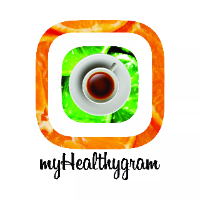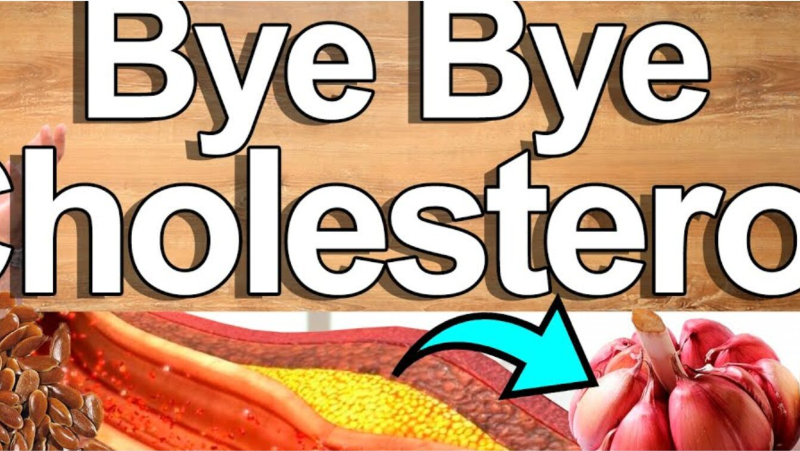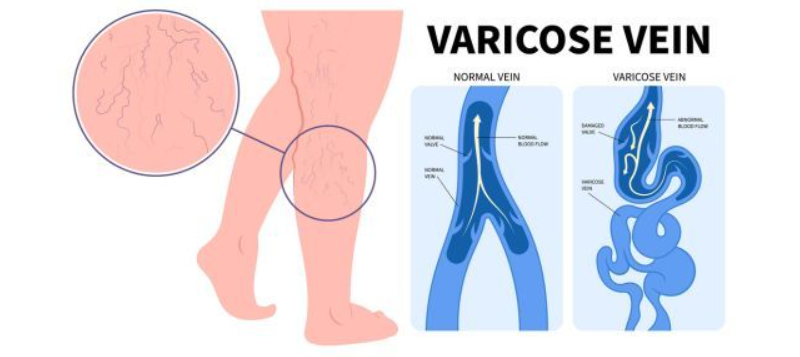The gallbladder and bile ducts coupled with bile juice serve critical tasks, including digestion and absorption of lipids and excretion of different metabolites from the liver.
Cholelithiasis is the presence of gallstones (stones) in the bile system. It’s cholecystolithiasis if the calculi are in the gallbladder, and choledocholithiasis if they’re in the bile ducts.
Gallstones are solid forms made up of bile components. Bile juice is a yellowish-green liquid with bile acids, cholesterol, bilirubin, metals, and other metabolites in it. As a result, we discriminate between cholesterol (cholesterol-containing stones), bilirubin (bilirubin-containing stones), and mixed.
Cause of gallstones
It is not yet clearly defined what exactly causes gallstones. The reason may be one or a combination of the following theories.
1.Inflammation of the bile ducts. Inflammation is thought to play a significant role in the formation of gallstones. The change in the pH of the bile juice leads to the formation of fibrin which together with the bacteria is the basis for the formation of gallstones.
2.Stagnation of bile. If for any reason (malformation of the bile ducts, obstruction, etc.) there is a blockage, it allows the accumulation of bile and the formation of gallstones.
3.If there is an elevated level of cholesterol or bilirubin in the bile juice, and the level of lecithin and bile salts is reduced, there is a possibility for stones to form.
Risk factors
The most common risk factors that can lead to gallstones are:
- Overweight people are more likely to get gallstones.
- A high-cholesterol diet. There is a risk of cholesterol accumulation and the formation of calculi when there is a high level of cholesterol in the bile juice and a low amount of bile salts and lecithin.
- Women are more likely to have biliary system and bile duct disorders. This is supposed to be caused by excessive estrogen levels.
- People above the age of 40. Bile juice becomes saturated with cholesterol as people get older, and the amount of lecithin in the body diminishes. Cholesterol can build up and bile can develop as a result of this.
- Reduced bile salt output and gallbladder motility are caused by hormonal changes during pregnancy, increasing the risk of gallstones.
- Rapid weight loss. A considerable amount of cholesterol is frequently expelled in this scenario, which can result in the formation of bile ducts.
- The explanation behind this is still unknown. Reduced gallbladder motility and biliary tract blockage are likely to contribute to the higher incidence of bile ducts in diabetic patients.
- Oral contraceptives. Elevated estrogen levels can lead to gallstones.
- Genetic predisposition. If a positive family history is present (a family member has previously had a gallstone), the risk increases.
Symptoms and signs
Cholelithiasis can be asymptomatic (without symptoms and stones can be detected by chance) or with clear symptoms and signs.
The clinical picture of gallstones may include:
- Sudden and severe pain in the abdomen, usually under the right costal arch. The pain may spread to the right shoulder and right back. It usually occurs after a large, fatty meal and lasts 1-4 hours.
- Nausea;
- Vomiting;
- Fever;
- Dyspepsia;
Complications
In biliary calculus, there is a possibility of complications, as follows:
- Cholecystitis acute. Gallbladder inflammation that is severe. Gallstones can induce gallbladder inflammation. Obstruction is the most common cause. Fever, nausea, and soreness under the right costal arch are symptoms of this illness. Jaundice and severe stomach discomfort may develop as the illness worsens.
- Cholangitis. The choledochus is inflamed. The primary bile duct, the choledochus, can be obstructed by gallstones, resulting in bile stasis and canal infection. Jaundice, fever, and stomach pain are all symptoms of this illness.
- Pancreatitis. Inflammation of the pancreas. The presence of calculi in the bile system can cause inflammation of the pancreas. The most common cause is gallstone blockage of the pancreatic duct which is connected to the main bile duct.
- Choledocholithiasis, bile ducts in the bile ducts. It is possible for calculi to occur in the bile ducts, although most originate primarily from the gallbladder. This condition often causes pancreatitis and cholangitis.
- Gallbladder carcinoma is a type of cancer that affects the gallbladder Gallbladder cancer is a possibility if the gallbladder is inflamed for a long time. It’s a very aggressive tumor that doesn’t respond well to chemo and radiotherapy. Fortunately, this cancer is uncommon.
Diagnose
In order to make a diagnosis, in addition to a detailed history and examination, blood and biochemical tests and ultrasound of the abdomen should be performed. If necessary, additional examinations such as ERCP (endoscopic retrograde cholangiopancreatography), ultrasound percutaneous cholangiography, etc. are possible.
Treatment and prevention
The clinical picture determines how this illness is treated. Pain relievers, anti-infective medicines, and surgical removal of gallstones are recommended if the condition develops acute symptoms.
If the clinical picture is calm, additional therapeutic approaches such as lithotripsy and medication dissolution could be employed instead of surgery (dissolution of stones). The stones must melt for at least 6 months for the medicine to dissolve, and there is a chance that the therapy will not have the intended effect. This treatment is costly and is only used in people who are at danger of surgery.
Gallstones can be prevented with appropriate nutrition, according to studies. Tips include eating a well-balanced, low-cholesterol, low-saturated-fat diet and eating meals at regular intervals throughout the day. In addition, increasing physical exercise is recommended, particularly for overweight adults.




